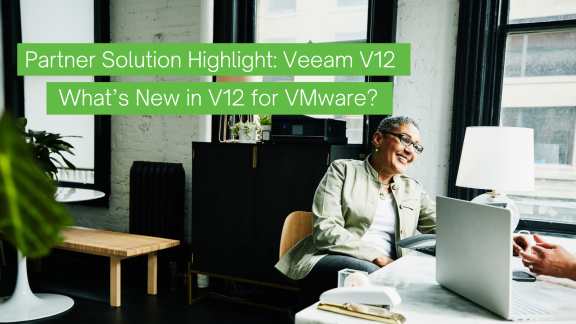VMware Workstation’s Integration with IDEs
Today, we would like to talk about application development and productivity solutions available for virtual environments. This has not always been an area of primary focus for mainstream solutions offered by VMware. However, going all the way back to 1999, with VMware’s first released product, VMware Workstation allowed users to create virtual machines that could run on different x86-based operating systems, and even on the same machine. So, for the first time, developers could easily test and debug their programs on different operating systems than the host operating system running their own computer. And that same capability remains vitally important today, to ISV customers who need to update and maintain million or billion lines of code for their “bread and butter” software applications, used by hundreds of thousands of their own customers.
Let’s also talk briefly now about how the Integrated Development Environment (IDE) has contributed to and shaped the world of software development. Since their introduction in the late 80’s and early 90’s, IDEs have become very popular, widely used by millions of developers around the world; so they have made a significant contribution to the software industry. Although you might still see some hardcore developers using handy editors such as “vi” or “emacs” to develop applications in C, C++, or other programming languages, the majority of developers today are pretty much accustomed to using an IDE, when they develop, test, and update their applications. As an example, a large majority of developers who are developing applications using languages such as Ruby, Groovy, and Scala are using Eclipse-based IDEs.
Today, IDEs are no longer being used only for editing and compiling code, but also provide other features such as build automation and debugging support. Their ultimate goal is to increase productivity so that developers can focus more time on solving problems related to the business logic of applications, rather than wasting time dealing with issues of programming language syntax. That is especially true for developers who work with and use several different programming languages for the applications they need to create.
VMware Workstation has also continued to evolve, providing integration with various popular IDEs to take advantage of and further enhance developer productivity. For example, software developers can rely on VMware Workstation’s integration with Visual Studio, Eclipse, and SpringSource Tool Suite IDEs to streamline the development and debugging of their applications in multiple environments, without changing development machines. Not only does this integration improve developer productivity, but it also allows them to rigorously test programs in different runtime environments before release to production. To learn more about advanced IDE integration features available with VMware Workstation, you can read the following document for the Microsoft Visual Studio IDE plug-in:
http://www.vmware.com/pdf/ws7_visualstudio_debug.pdf
For the Eclipse IDE plug-in, you can look at the following document:
http://www.vmware.com/pdf/ws7_eclipse_debug.pdf
The debugging capability provided by integration with VMware Workstation provides a configurable interface between the IDEs and virtual machines. This makes it easier to develop and debug applications that run on multiple operating systems, all from the same development computer. In addition, debugging applications in virtual machines with VMware Workstation lets users reproduce and record errors while maintaining the integrity of the host machine.
Recent integration of VMware Workstation with Zend Studio 8.0, an IDE for PHP applications, enables developers to enhance their development and testing processes by running and debugging their PHP applications in a virtual, production-like environment. With Zend Studio, developers can now deploy their code directly onto a virtual machine from the Zend Studio interface, which significantly eliminates potential errors and speeds up testing and debugging cycles. Considering approximately 30% of all production web sites are written in PHP, this is a significant addition to VMware Workstation. If you are interested in learning more about this integration, take a look at the recorded webinar available at:
This webinar describes the integration of Zend Studio in more detail and also includes a quick demo illustrating how to use Zend Studio capabilities with VMware Workstation.
All in all, taking advantage of IDE integration available with VMware Workstation helps developers keep pace, with the increasingly short development times and schedules now routine for application builders, to move new and revised application software from concept to production. And new features and capabilities, such as extending integrated IDE capabilities into the Cloud, are continually being added to VMware Workstation, to make a developer’s life easier. Be sure to check back on the VMware website www.vmware.com for the latest product announcements regarding new and updated VMware Workstation releases.


